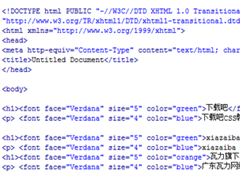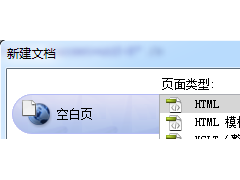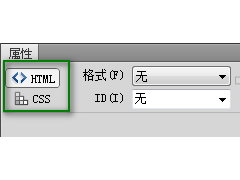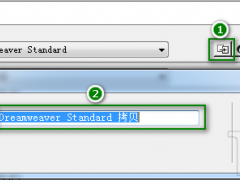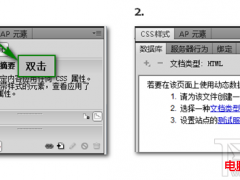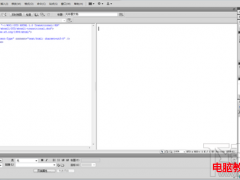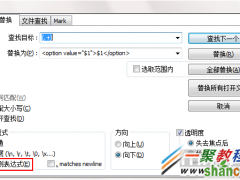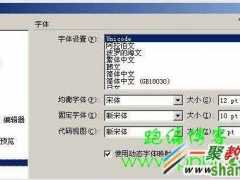字段是Python是字典中唯一的键-值类型,是Python中非常重要的数据结构,因其用哈希的方式存储数据,其复杂度为O(1),速度非常快。下面列出字典的常用的用途.
一、字典中常见方法列表
代码如下:
#方法 #描述
-------------------------------------------------------------------------------------------------
D.clear() #移除D中的所有项
D.copy() #返回D的副本
D.fromkeys(seq[,val]) #返回从seq中获得的键和被设置为val的值的字典。可做类方法调用
D.get(key[,default]) #如果D[key]存在,将其返回;否则返回给定的默认值None
D.has_key(key) #检查D是否有给定键key
D.items() #返回表示D项的(键,值)对列表
D.iteritems() #从D.items()返回的(键,值)对中返回一个可迭代的对象
D.iterkeys() #从D的键中返回一个可迭代对象
D.itervalues() #从D的值中返回一个可迭代对象
D.keys() #返回D键的列表
D.pop(key[,d]) #移除并且返回对应给定键key或给定的默认值D的值
D.popitem() #从D中移除任意一项,并将其作为(键,值)对返回
D.setdefault(key[,default]) #如果D[key]存在则将其返回;否则返回默认值None
D.update(other) #将other中的每一项加入到D中。
D.values() #返回D中值的列表
二、创建字典的五种方法
方法一: 常规方法
代码如下:
# 如果事先能拼出整个字典,则此方法比较方便
>>> D1 = {'name':'Bob','age':40}
方法二: 动态创建
代码如下:
# 如果需要动态地建立字典的一个字段,则此方法比较方便
>>> D2 = {}
>>> D2['name'] = 'Bob'
>>> D2['age'] = 40
>>> D2
{'age': 40, 'name': 'Bob'}
方法三: dict--关键字形式
代码如下:
# 代码比较少,但键必须为字符串型。常用于函数赋值
>>> D3 = dict(name='Bob',age=45)
>>> D3
{'age': 45, 'name': 'Bob'}
方法四: dict--键值序列
代码如下:
# 如果需要将键值逐步建成序列,则此方式比较有用,常与zip函数一起使用
>>> D4 = dict([('name','Bob'),('age',40)])
>>> D4
{'age': 40, 'name': 'Bob'}
或
代码如下:
>>> D = dict(zip(('name','bob'),('age',40)))
>>> D
{'bob': 40, 'name': 'age'}
方法五: dict--fromkeys方法# 如果键的值都相同的话,用这种方式比较好,并可以用fromkeys来初始化
代码如下:
>>> D5 = dict.fromkeys(['A','B'],0)
>>> D5
{'A': 0, 'B': 0}
如果键的值没提供的话,默认为None
代码如下:
>>> D3 = dict.fromkeys(['A','B'])
>>> D3
{'A': None, 'B': None}
三、字典中键值遍历方法
代码如下:
>>> D = {'x':1, 'y':2, 'z':3} # 方法一
>>> for key in D:
print key, '=>', D[key]
y => 2
x => 1
z => 3
>>> for key, value in D.items(): # 方法二
print key, '=>', value
y => 2
x => 1
z => 3
>>> for key in D.iterkeys(): # 方法三
print key, '=>', D[key]
y => 2
x => 1
z => 3
>>> for value in D.values(): # 方法四
print value
2
1
3
>>> for key, value in D.iteritems(): # 方法五
print key, '=>', value
y => 2
x => 1
z => 3
Note:用D.iteritems(), D.iterkeys()的方法要比没有iter的快的多。
四、字典的常用用途之一代替switch
在C/C++/Java语言中,有个很方便的函数switch,比如:
代码如下:
public class test {
public static void main(String[] args) {
String s = "C";
switch (s){
case "A":
System.out.println("A");
break;
case "B":
System.out.println("B");
break;
case "C":
System.out.println("C");
break;
default:
System.out.println("D");
}
}
}
在Python中要实现同样的功能,
方法一,就是用if, else语句来实现,比如:
代码如下:
from __future__ import division
def add(x, y):
return x + y
def sub(x, y):
return x - y
def mul(x, y):
return x * y
def div(x, y):
return x / y
def operator(x, y, sep='+'):
if sep == '+': print add(x, y)
elif sep == '-': print sub(x, y)
elif sep == '*': print mul(x, y)
elif sep == '/': print div(x, y)
else: print 'Something Wrong'
print __name__
if __name__ == '__main__':
x = int(raw_input("Enter the 1st number: "))
y = int(raw_input("Enter the 2nd number: "))
s = raw_input("Enter operation here(+ - * /): ")
operator(x, y, s)
方法二,用字典来巧妙实现同样的switch的功能,比如:
代码如下:
#coding=gbk
from __future__ import division
x = int(raw_input("Enter the 1st number: "))
y = int(raw_input("Enter the 2nd number: "))
def operator(o):
dict_oper = {
'+': lambda x, y: x + y,
'-': lambda x, y: x - y,
'*': lambda x, y: x * y,
'/': lambda x, y: x / y}
return dict_oper.get(o)(x, y)
if __name__ == '__main__':
o = raw_input("Enter operation here(+ - * /): ")
print operator(o)




